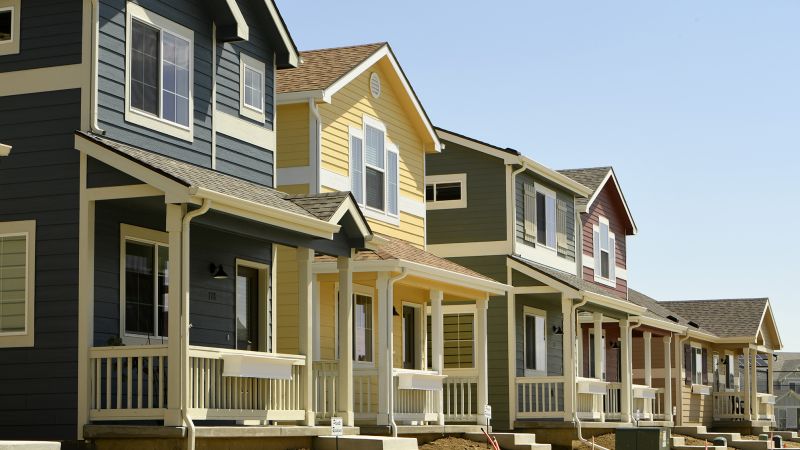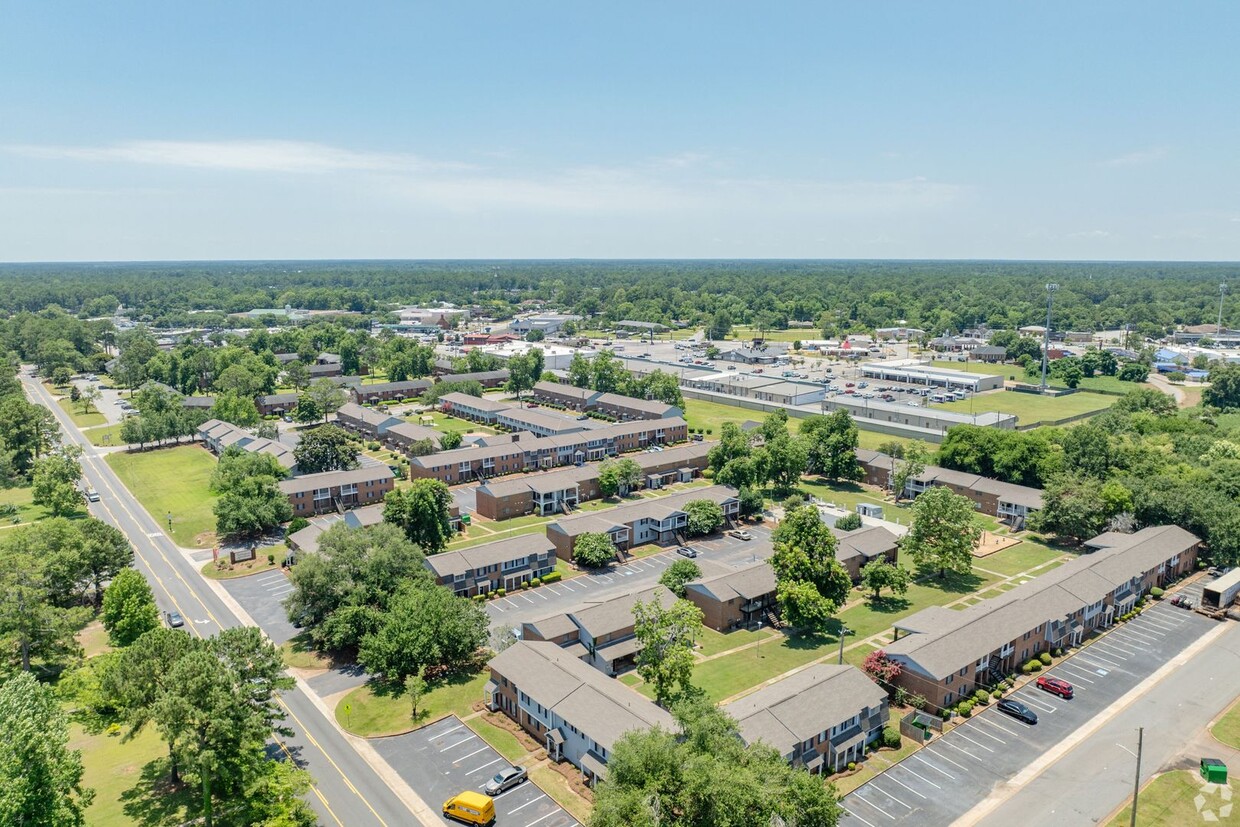How To Make Low-Income Housing Work As A Real Estate Investment?
How To Make Low-Income Housing Work As A Real Estate Investment?
When managed efficiently low-income housing can dramatically lower entry costs to real estate investing with potentially incredible returns
Low-income housing has a bad rap in the world of real estate investing. Some issues are overblown, some though, aren’t talked about enough. I don’t want to sugarcoat things. If you don’t do it right, things can end up going very poorly, but I’ve tried it and I figured out how to make it all work.
The Good:
The biggest pro to investing in low-income rentals is that the cost of entry is pretty low. Starting out in real estate can be terrifying. You’re dealing with huge numbers and taking on a lot of debt without knowing all the hiccups that could arise. Investing in lower-cost homes doesn’t feel like such a huge pill to swallow. These houses cost $30,000 – $50,000 which may actually be less than the down payment of other homes you are looking at. Essentially, you can buy an investment property and not even take on any debt. That certainly adds some peace of mind to your investment.
What will keep you investing in these low-income rentals is the really high cap rates. (The cap rate is the ratio of annual rental income to the price of the home. Which is different from the cape rate – the percentage of your tenants who have superhero night jobs.) And I do mean the cap rates are REALLY high. If your $40,000 house brings in $750 per month, that’s $9,000 per year of rental income or 22% of the price of the house. So the cap rate is 22% for a low-income house compared to 6% for a typical suburban home. In other words, you are bringing in almost one-quarter of the cost of the house every year in rent. It’s so much money that you would think it becomes impossible for this investment to not turn out amazingly.
The Bad:
So what are the cons? Well, since your total income is already pretty low (even though the percentage output is high), any expense can really eat into your profit. This is true for any house, but your expenses don’t get cheaper when you have a cheaper house. A broken dishwasher in a $400,000 house costs just as much to replace as in the $40,000 house. The difference is the latter might equate to a whole month’s rent. Once you get into the groove of being a real-estate investor, you’ll make most of your repairs during vacancy periods. This leads us to the other big con of low-income rental housing. The turnover rate is higher. More turn-over leads to more repairs which eats more of your profit.
The problem is at its most painful when you have a property manager. Not only do they outsource the repairs to pricey contractors, and keep your house vacant whilst the repairs are being done, they charge a finder’s fee to get a new tenant. Understandably, if the tenant’s income is low or unstable, a slight increase in rent (for inflation) means that they are gone. However, once you add up all the fees replacing them could easily burn through six-months worth of profit. To put this in real terms: I had a $41,000 house with $720 / month in rental income. Over 4 years the tenant moved out on average every 16 months. The property would be vacant for about 3 months while Section 8 would approve the new tenant. I would incur at least $420 of repairs to repaint and fix what needed repairing, plus the property manager would take 1-month of rent as a finders fee.
All that totals up to a loss of $3,300 which takes a long time to make back when your gross rent is only $720 a month. Of course, nicer areas with lower turnover exist (AKA more expensive housing) or more stable tenants could exist but these are the problems you face with low-income housing which we are trying to fix. Frequently paying a finders fee, then also paying for a contractor to repaint and repair every turnover will destroy your incredible returns, leaving them below average if you aren’t careful.
The Fix:
So, what’s the fix? Be your own manager. Sure, paying for a new dishwasher isn’t free when you install it yourself but the equation works out a lot better. Cutting out the middle-man can turn these low-income houses from a sad investment into a savvy one. Sure, owning 10 houses like this will be more work than owning 10 houses with enough income to justify outsourcing everything, but everyone has to start somewhere.
The Bottom Line – Investments in Affordable housing can be very tricky. Do you have questions about Affordable Housing Investments?
Are You interested in investing in an Affordable Housing Portfolio ? Then don’t venture down this road alone, let SIMM Capital guide you to financial rewards.
We live it and breath the industry – at SIMM Capital our investment strategy is to give everyone the chance to build wealth through real estate. We seek the best assets that hold the largest opportunities while delivering in rent growth year over year. We know the business. To see how we can help you with your Real Estate investments talk to an expert and click the link www.simminc.com




Recent comments